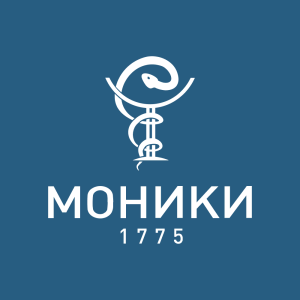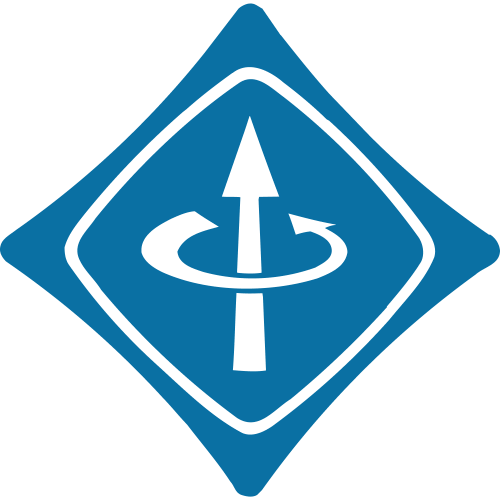The Use of iPSC-Derived Cardiomyocytes and Optical Mapping for Erythromycin Arrhythmogenicity Testing
A D Podgurskaya
1
,
V A Tsvelaya
1
,
M M Slotvitsky
1
,
E V Dementyeva
2, 3, 4
,
K R Valetdinova
2, 3, 4
,
Publication type: Journal Article
Publication date: 2019-06-05
scimago Q2
wos Q1
SJR: 0.834
CiteScore: 5.8
Impact factor: 3.7
ISSN: 15307905, 15590259
PubMed ID:
31165980
Molecular Biology
Cardiology and Cardiovascular Medicine
Toxicology
Abstract
Erythromycin is an antibiotic that prolongs the QT-interval and causes Torsade de Pointes (TdP) by blocking the rapid delayed rectifying potassium current (IKr) without affecting either the slow delayed rectifying potassium current (IKs) or inward rectifying potassium current (IK1). Erythromycin exerts this effect in the range of 1.5–100 μM. However, the mechanism of action underlying its cardiotoxic effect and its role in the induction of arrhythmias, especially in multicellular cardiac experimental models, remain unclear. In this study, the re-entry formation, conduction velocity, and maximum capture rate were investigated in a monolayer of human-induced pluripotent stem cell (iPSC)-derived cardiomyocytes from a healthy donor and in a neonatal rat ventricular myocyte (NRVM) monolayer using the optical mapping method under erythromycin concentrations of 15, 30, and 45 μM. In the monolayer of human iPSC-derived cardiomyocytes, the conduction velocity (CV) varied up to 12 ± 9% at concentrations of 15–45 μM as compared with that of the control, whereas the maximum capture rate (MCR) declined substantially up to 28 ± 12% (p < 0.01). In contrast, the tests on the NRVM monolayer showed no significant effect on the MCR. The results of the arrhythmogenicity test provided evidence for a “window” of concentrations of the drug (15–30 μM) at which the probability of re-entry increased.
Found
Nothing found, try to update filter.
Found
Nothing found, try to update filter.
Top-30
Journals
|
1
|
|
|
Scientific Reports
1 publication, 4.17%
|
|
|
Naunyn-Schmiedeberg's Archives of Pharmacology
1 publication, 4.17%
|
|
|
Journal of Cardiovascular Pharmacology
1 publication, 4.17%
|
|
|
Biomolecules
1 publication, 4.17%
|
|
|
International Journal of Molecular Sciences
1 publication, 4.17%
|
|
|
Frontiers in Cardiovascular Medicine
1 publication, 4.17%
|
|
|
Micromachines
1 publication, 4.17%
|
|
|
Annals of Biomedical Engineering
1 publication, 4.17%
|
|
|
Gene
1 publication, 4.17%
|
|
|
Frontiers in Bioengineering and Biotechnology
1 publication, 4.17%
|
|
|
Genes and Cells
1 publication, 4.17%
|
|
|
Cells
1 publication, 4.17%
|
|
|
Biomimetics
1 publication, 4.17%
|
|
|
Applied Biochemistry and Microbiology
1 publication, 4.17%
|
|
|
Journal of Physiology
1 publication, 4.17%
|
|
|
Frontiers in Pharmacology
1 publication, 4.17%
|
|
|
Biomedicines
1 publication, 4.17%
|
|
|
Cardiovascular Toxicology
1 publication, 4.17%
|
|
|
Biochemistry (Moscow) Supplement Series A: Membrane and Cell Biology
1 publication, 4.17%
|
|
|
1
|
Publishers
|
1
2
3
4
5
6
|
|
|
MDPI
6 publications, 25%
|
|
|
Springer Nature
4 publications, 16.67%
|
|
|
Elsevier
3 publications, 12.5%
|
|
|
Frontiers Media S.A.
3 publications, 12.5%
|
|
|
Pleiades Publishing
2 publications, 8.33%
|
|
|
Institute of Electrical and Electronics Engineers (IEEE)
1 publication, 4.17%
|
|
|
Ovid Technologies (Wolters Kluwer Health)
1 publication, 4.17%
|
|
|
PJSC Human Stem Cells Institute
1 publication, 4.17%
|
|
|
Cold Spring Harbor Laboratory
1 publication, 4.17%
|
|
|
Wiley
1 publication, 4.17%
|
|
|
1
2
3
4
5
6
|
- We do not take into account publications without a DOI.
- Statistics recalculated weekly.
Are you a researcher?
Create a profile to get free access to personal recommendations for colleagues and new articles.
Metrics
24
Total citations:
24
Citations from 2024:
5
(20.83%)
Cite this
GOST |
RIS |
BibTex |
MLA
Cite this
GOST
Copy
Podgurskaya A. D. et al. The Use of iPSC-Derived Cardiomyocytes and Optical Mapping for Erythromycin Arrhythmogenicity Testing // Cardiovascular Toxicology. 2019. Vol. 19. No. 6. pp. 518-528.
GOST all authors (up to 50)
Copy
Podgurskaya A. D., Tsvelaya V. A., Slotvitsky M. M., Dementyeva E. V., Valetdinova K. R., Agladze K. I. The Use of iPSC-Derived Cardiomyocytes and Optical Mapping for Erythromycin Arrhythmogenicity Testing // Cardiovascular Toxicology. 2019. Vol. 19. No. 6. pp. 518-528.
Cite this
RIS
Copy
TY - JOUR
DO - 10.1007/s12012-019-09532-x
UR - https://doi.org/10.1007/s12012-019-09532-x
TI - The Use of iPSC-Derived Cardiomyocytes and Optical Mapping for Erythromycin Arrhythmogenicity Testing
T2 - Cardiovascular Toxicology
AU - Podgurskaya, A D
AU - Tsvelaya, V A
AU - Slotvitsky, M M
AU - Dementyeva, E V
AU - Valetdinova, K R
AU - Agladze, K. I.
PY - 2019
DA - 2019/06/05
PB - Springer Nature
SP - 518-528
IS - 6
VL - 19
PMID - 31165980
SN - 1530-7905
SN - 1559-0259
ER -
Cite this
BibTex (up to 50 authors)
Copy
@article{2019_Podgurskaya,
author = {A D Podgurskaya and V A Tsvelaya and M M Slotvitsky and E V Dementyeva and K R Valetdinova and K. I. Agladze},
title = {The Use of iPSC-Derived Cardiomyocytes and Optical Mapping for Erythromycin Arrhythmogenicity Testing},
journal = {Cardiovascular Toxicology},
year = {2019},
volume = {19},
publisher = {Springer Nature},
month = {jun},
url = {https://doi.org/10.1007/s12012-019-09532-x},
number = {6},
pages = {518--528},
doi = {10.1007/s12012-019-09532-x}
}
Cite this
MLA
Copy
Podgurskaya, A. D., et al. “The Use of iPSC-Derived Cardiomyocytes and Optical Mapping for Erythromycin Arrhythmogenicity Testing.” Cardiovascular Toxicology, vol. 19, no. 6, Jun. 2019, pp. 518-528. https://doi.org/10.1007/s12012-019-09532-x.













